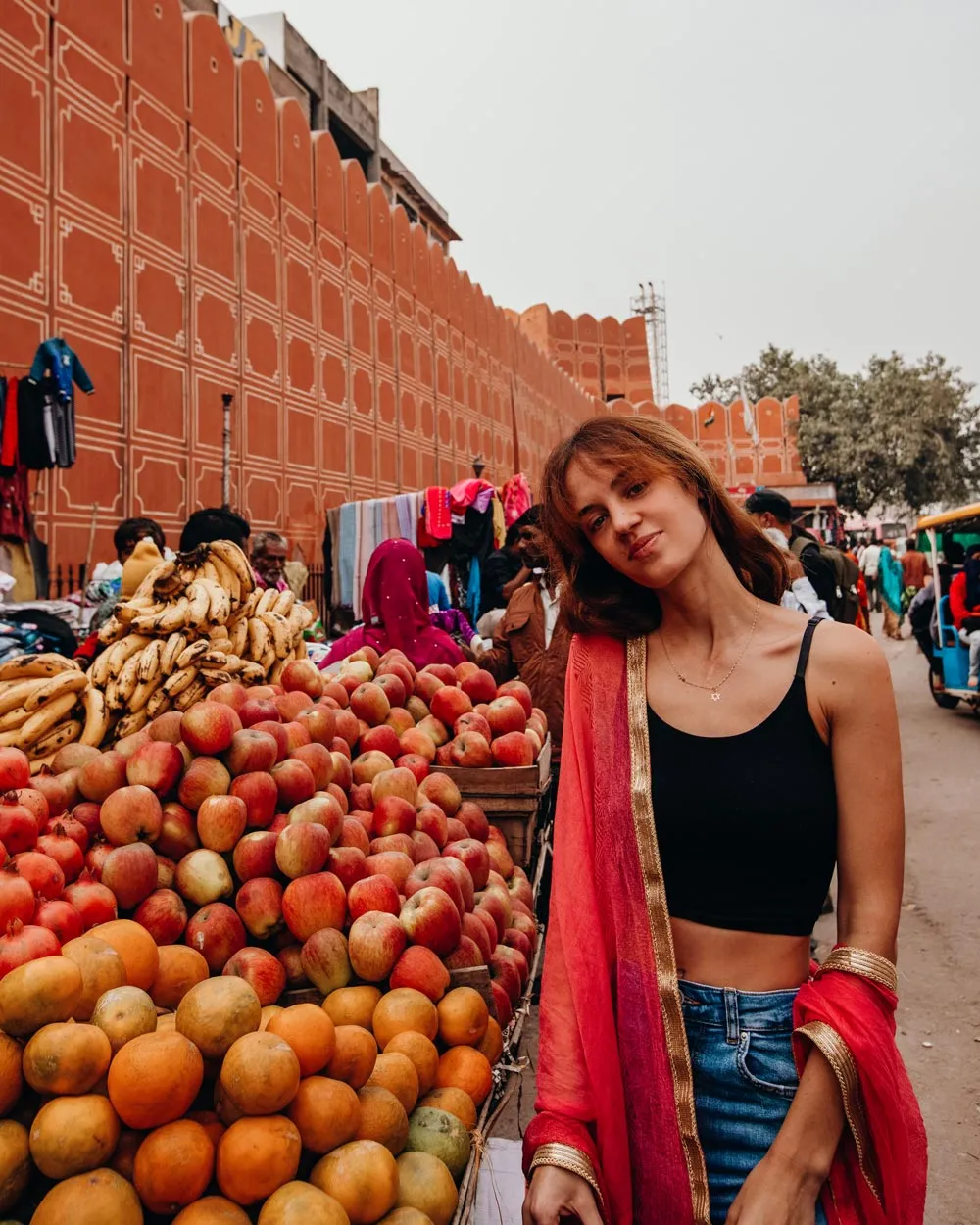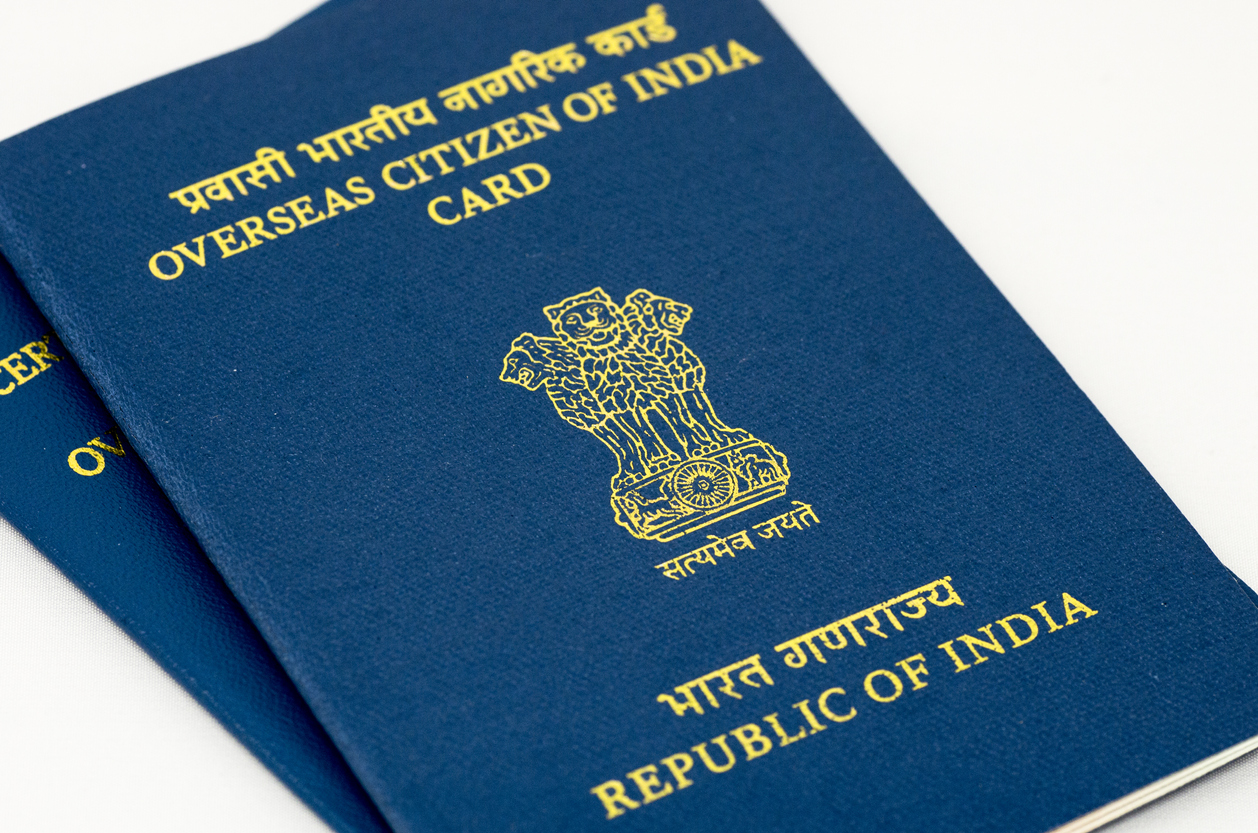Are you planning a first time India visit? You may be feeling a little nervous or overwhelmed, but you don’t have to worry! India is a beautiful and vibrant country filled with culture and history. However, it can be easy for first time visitors to experience culture shock. Here are some tips to help you avoid feeling overwhelmed during your first time India visit.
Preparing for Your First Time India Visit
If you’re getting ready for your first time visit to India, it’s important to be prepared. This diverse country has so much to offer, and with a little planning, you can make the most of your trip. First, make sure to research the places you want to visit and create an itinerary. India is vast, so having a plan will help you make the most of your time. Additionally, it’s important to familiarize yourself with the customs and traditions of the different regions you plan to visit. This will help you understand and appreciate the local culture. It’s also a good idea to pack appropriate clothing for the weather and cultural norms. Lastly, make sure to bring any necessary documents and travel essentials, such as your passport and any required vaccinations. With some careful preparation, you’ll be able to have an unforgettable experience on your first time visit to India.
Understanding the Cultural Differences
When visiting a new country, it’s essential to understand and respect the cultural differences. India is a culturally rich and diverse country, and being aware of the customs and traditions will enhance your experience. One of the most significant cultural differences in India is the concept of personal space. Personal boundaries are often closer than what you may be used to, so don’t be alarmed if people stand or sit closer to you. Another important aspect to keep in mind is the value of hierarchy and respect for elders. In India, elders are highly revered, so always show deference and address them with respect. Additionally, be mindful of the dress code when visiting religious sites. It is customary to dress modestly and cover your shoulders and knees. Understanding these cultural differences will help you navigate and appreciate the Indian culture during your visit. So be open-minded, observe, and learn from the locals to truly immerse yourself in the beauty of India’s rich cultural heritage.
Respectful Attire and Behavior
When visiting India for the first time, it’s crucial to dress and behave in a respectful manner. Indians take great pride in their culture and traditions, and showing respect through your attire and behavior is important. Firstly, it’s essential to dress modestly, especially when visiting religious sites. Both men and women should ensure that their shoulders and knees are covered. It’s also important to remove your shoes before entering places of worship, so remember to pack a pair of easily removable shoes or sandals. In terms of behavior, it’s important to be mindful and respectful of local customs. For example, avoid public displays of affection, as it may be seen as inappropriate. Additionally, be mindful of personal space and avoid touching or pointing at people with your feet, as feet are considered unclean in Indian culture. By dressing and behaving respectfully, you will not only show your appreciation for the local customs but also have a more enjoyable and meaningful experience during your first time visit to India.
Tips for Safe Travel in India
Traveling to India for the first time can be an exciting adventure, but it’s important to prioritize your safety. Here are some tips to ensure safe travel during your visit.
First and foremost, it’s crucial to do your research and plan your itinerary carefully. India is a vast country, and each region has its own unique challenges and safety concerns. Make sure to gather information about the areas you plan to visit, including any travel advisories or safety precautions recommended by your government.
When it comes to transportation, opt for reputable taxi services or pre-booked transportation whenever possible. Avoid hailing taxis on the street, especially at night, as it may not be safe. It’s also a good idea to use transportation apps to track your ride and share your trip details with a trusted friend or family member.
Be cautious of your belongings and avoid displaying signs of wealth or carrying expensive items. Keep your passport, cash, and important documents in a secure place such as a money belt or hidden pouch.
In crowded areas, be aware of pickpockets and keep your belongings close to you. Avoid wearing flashy jewelry or carrying large amounts of cash.
Lastly, trust your instincts and be cautious when interacting with strangers. While most people in India are friendly and helpful, it’s important to be vigilant and trust your gut feeling. If something doesn’t feel right, remove yourself from the situation and seek assistance from a trusted authority or a nearby establishment.
Food and Drink Precautions
When it comes to food and drink precautions during your first time visit to India, it’s important to be mindful and take necessary precautions to avoid any digestive issues. While Indian cuisine is incredibly delicious and diverse, it may be different from what you are used to, so it’s best to take some precautions to ensure a pleasant and healthy experience.
First and foremost, it’s advisable to drink bottled water or water that has been properly filtered and boiled. Avoid drinking tap water or using it to brush your teeth, as it may contain bacteria that your system is not accustomed to. It’s also a good idea to avoid consuming ice cubes in drinks, as they may be made from tap water.
When it comes to street food, which is a major highlight of Indian cuisine, exercise caution. While street food is delicious and offers a truly authentic culinary experience, it’s important to choose vendors that are busy and have a high turnover of customers. This indicates that the food is likely to be fresh and cooked at a high temperature, reducing the risk of contamination.
In restaurants, make sure that the food is thoroughly cooked and served hot. Avoid consuming raw or undercooked meat, seafood, or eggs, as they may pose a risk of foodborne illnesses. Opt for freshly cooked vegetarian dishes, which are abundant in Indian cuisine and offer a wide range of flavors and textures.
Lastly, be cautious of salads and raw vegetables, as they may have been washed with tap water. Stick to cooked vegetables or fruits that can be peeled to minimize the risk of contamination.
Language Barriers and Communication Tips
Communication can sometimes be a challenge when visiting a foreign country, especially if there is a language barrier. In India, English is widely spoken and understood, especially in popular tourist areas. However, it’s always a good idea to be prepared with a few key phrases in the local language, Hindi. Simple greetings like “Namaste” (hello) and “Dhanyavaad” (thank you) can go a long way in making a connection with locals and showing your respect for their culture.
If you find yourself in a situation where English is not understood, don’t worry! Indians are generally warm and welcoming, and they will often go out of their way to help you. Non-verbal communication, like hand gestures and pointing, can also be effective in getting your message across. It’s helpful to carry a small notepad and pen to write down any important information or questions.
Additionally, technology can be a great tool for overcoming language barriers. There are several translation apps available that can help you communicate with locals, even if you don’t speak the same language. Just type or speak a phrase, and the app will provide a translation.
Etiquette for Visiting Religious Sites
When visiting religious sites in India, it’s important to be aware of and respectful towards the customs and practices of the local communities. India is a country known for its religious diversity, with a multitude of temples, mosques, and gurudwaras that are important pilgrimage sites. To ensure a meaningful and respectful experience, here are some etiquette tips to keep in mind.
Firstly, it’s important to dress modestly when visiting religious sites. Both men and women should cover their shoulders and knees, and it’s best to avoid wearing revealing or inappropriate clothing. Additionally, it is customary to remove your shoes before entering places of worship, so be prepared with a pair of easily removable shoes or sandals.
When inside a temple or other religious site, maintain a quiet and respectful demeanor. Avoid talking loudly or engaging in disruptive behavior. Remember that these places hold deep spiritual significance for the locals, and it’s important to be mindful of their devotion and worship.
Another important aspect of visiting religious sites in India is to respect the rules and regulations set by the authorities. Many temples and mosques have specific guidelines regarding photography, food and drink, and entry restrictions. It’s essential to follow these rules to maintain the sanctity of the place and show your respect for the religious traditions.
Lastly, be cautious of your actions and be mindful of the religious artifacts and structures. Avoid touching or climbing on statues, idols, or any sacred objects. These items hold immense religious value and should be treated with reverence.
Dealing with Poverty and Begging
India, like many countries, has its fair share of poverty and begging. It can be disheartening and overwhelming to see people living in such difficult circumstances, especially for first-time visitors. While it’s natural to feel compassion and a desire to help, it’s important to approach the issue of poverty and begging in a respectful and responsible manner.
One way to deal with poverty and begging in India is by supporting local charities and organizations that work towards alleviating poverty and providing opportunities for the less fortunate. Donating to reputable NGOs or volunteering your time can make a positive impact on the lives of those in need.
Another important aspect is to educate yourself about the causes and solutions to poverty. Understanding the complexities of poverty in India can help you better grasp the situation and contribute in a meaningful way.
However, it’s crucial to avoid giving money directly to individuals who are begging on the streets. While it may seem like a compassionate act, it can perpetuate the cycle of dependency and enable exploitative practices. Instead, consider supporting local businesses and artisans by purchasing their products, which can help create sustainable income and opportunities for those in need.
Making the Most of Your Trip to India
When it comes to making the most of your trip to India, there are a few key things to keep in mind. First and foremost, embrace the sense of adventure and openness that comes with visiting a new country. India is full of surprises, and being open to new experiences will enrich your journey.
One way to make the most of your trip is to immerse yourself in the local culture. Interact with the locals, try the local cuisine, and participate in cultural activities. Whether it’s learning a traditional dance, trying your hand at haggling in the local markets, or attending a religious festival, embracing the local customs and traditions will make your trip more authentic and memorable.
Another tip is to explore beyond the popular tourist spots. While iconic landmarks like the Taj Mahal and Jaipur’s Pink City are definitely worth visiting, India has so much more to offer. Venture off the beaten path and discover hidden gems, like quaint villages, serene nature reserves, and bustling local bazaars. These lesser-known destinations will give you a deeper understanding of India’s diverse culture and allow you to create unique memories.
Additionally, don’t be afraid to step out of your comfort zone. India is a sensory overload, with vibrant colors, bustling streets, and the constant hum of activity. Embrace the chaos and let yourself be swept away by the energy of the country. Try new foods, take a rickshaw ride through a chaotic market, or even take part in a yoga or meditation retreat. By stepping out of your comfort zone, you’ll have a more immersive and fulfilling experience.





